Is there anything in the world cuter than a kitten? Among all breeds, the British Shorthair is one of the most adorable of all! Their huge, expressive eyes and fluffy round bodies have captured hearts for hundreds of years. If you’ve decided to add a British Shorthair kitten to your family but don’t know where to start, don’t worry. Here are some tips and advice that will make the process much less confusing.
An Introduction to the British Shorthair Breed
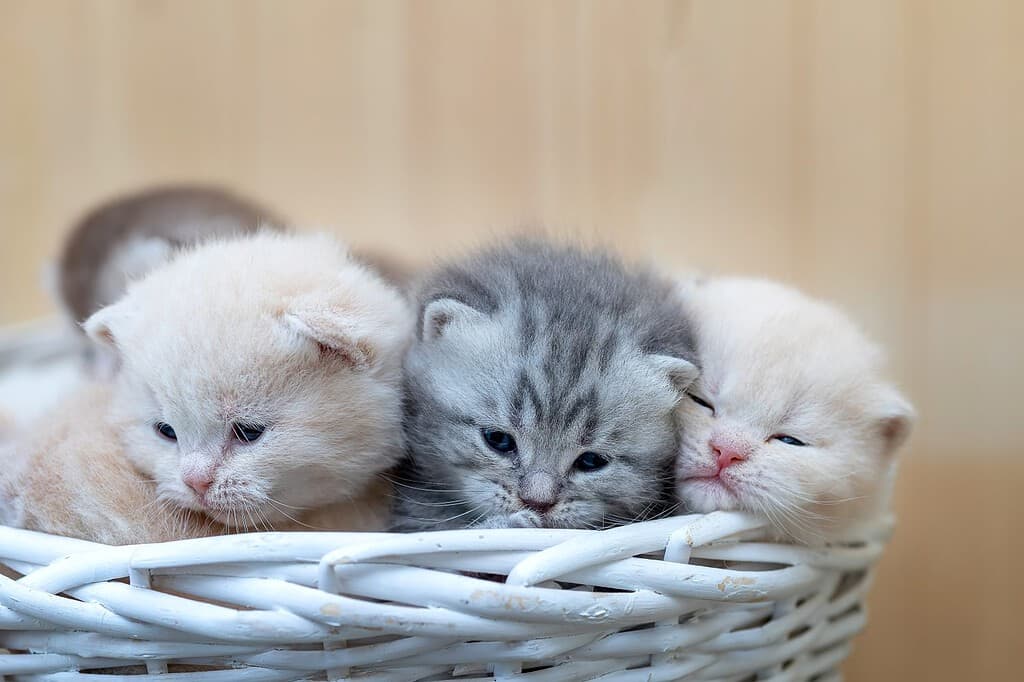
A British Shorthair won the first-ever cat show at the Crystal Palace in London.
©g215/Shutterstock.com
The British Shorthair is not only popular in America, but around the world as well. Unsurprisingly, this cat breed is the most popular in England, where these cats comprise roughly one-quarter of all kitten registrations each year. It’s easy to see why they’re in such high demand. Generally speaking, British Shorthairs are loving, curious, and social animals. However, if you’re looking for a cat that’s big on cuddling, this may not be the breed for you. Although British Shorthairs enjoy the company of their owners, they’re a touch independent. Despite this, they still make excellent house pets and get along well with other animals and young children.
History of the British Shorthair
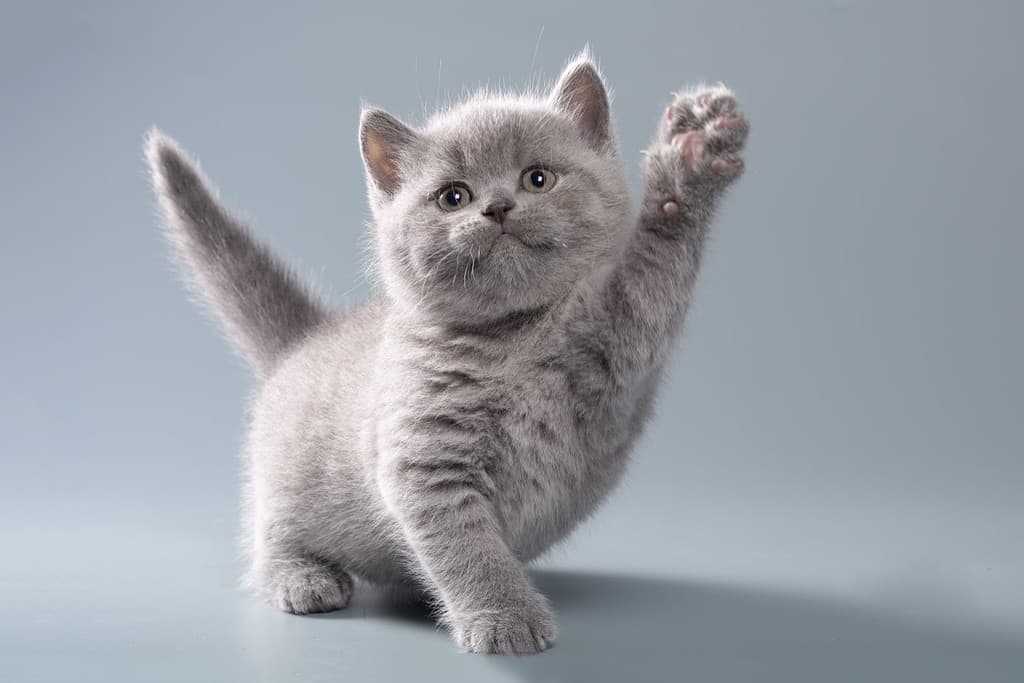
Because of their thick coats, British Shorthairs require weekly brushing.
©OksanaSusoeva/Shutterstock.com
British Shorthairs are an adorable, quirky breed, but they also have a rich historical background. Compared to other breeds, the British shorthair has been around for a very long time. Despite the fact that this breed wasn’t officially registered until 1870, there are reports that this cat has been around since the first century AD.
According to Beauty Tracks Cattery, “The British Shorthair Cat breed was exported to other nations in continental Europe and the United States over the course of the next few decades. Between World War I and World War II, however, the breed struggled to retain a stable population.” Since this time, their popularity has recovered, and the breed is one of the most widely loved across the globe. However, their appearance has been slightly altered since this time due to crossbreeding with Persians and Russian blues.
The Importance of Finding a Reputable British Shorthair Breeder
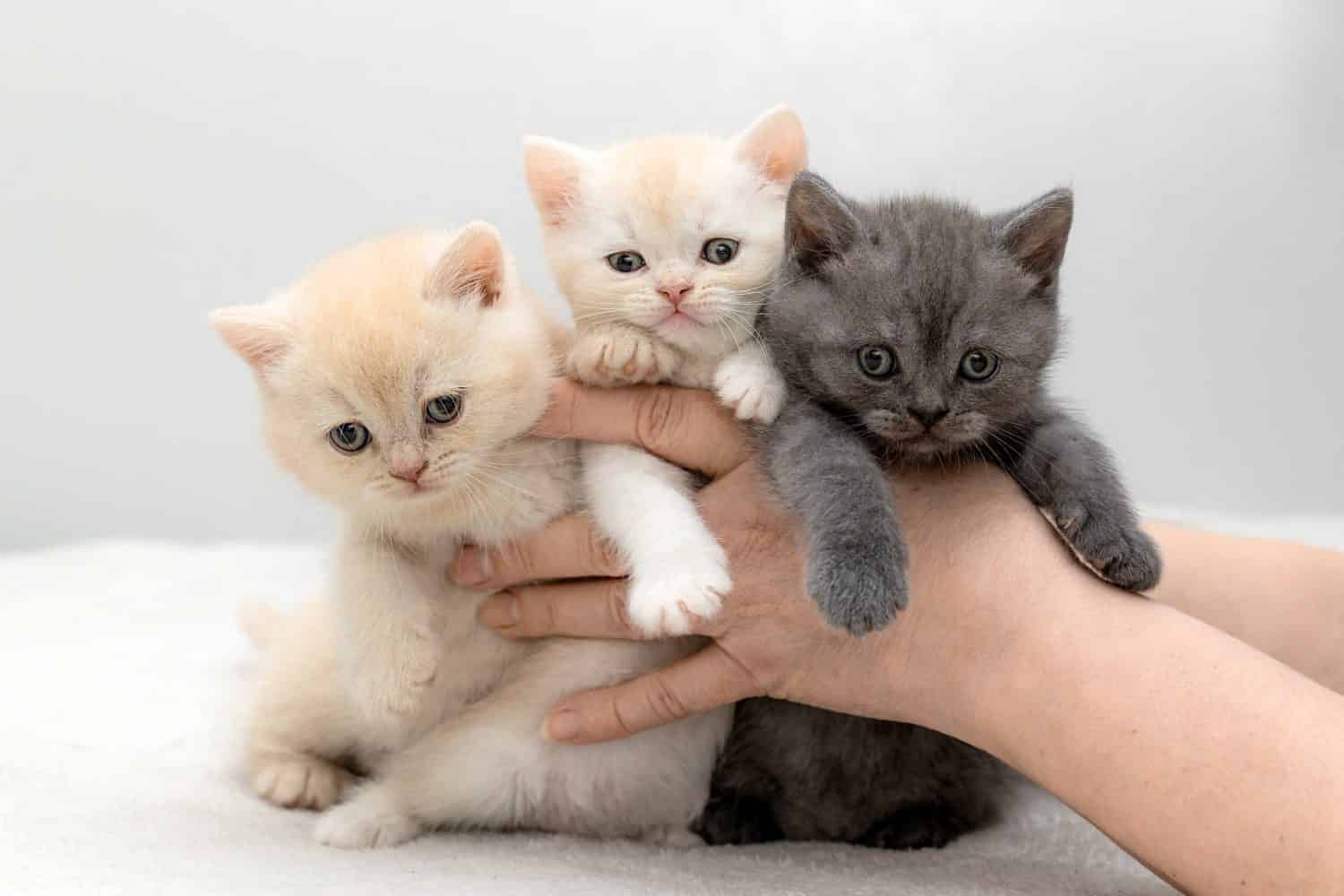
British Shorthairs declined in popularity around World War I and World War II.
©g215/Shutterstock.com
When you’re starting the process of searching for a British Shorthair kitten to take home, finding a reputable breeder is paramount. On average, a British Shorthair kitten will cost between $700 to $3,000. Where the price falls within this range depends on a variety of factors, such as the lineage and the reputation of the breeder. However, if you find a breeder who is willing to sell you one for significantly less, be warned. Often, this is a red flag that the breeder is unethical and is not performing genetic testing on their animals. This often leads to severe health issues, which will greatly impact your cat’s quality of life.
Growth and Milestones
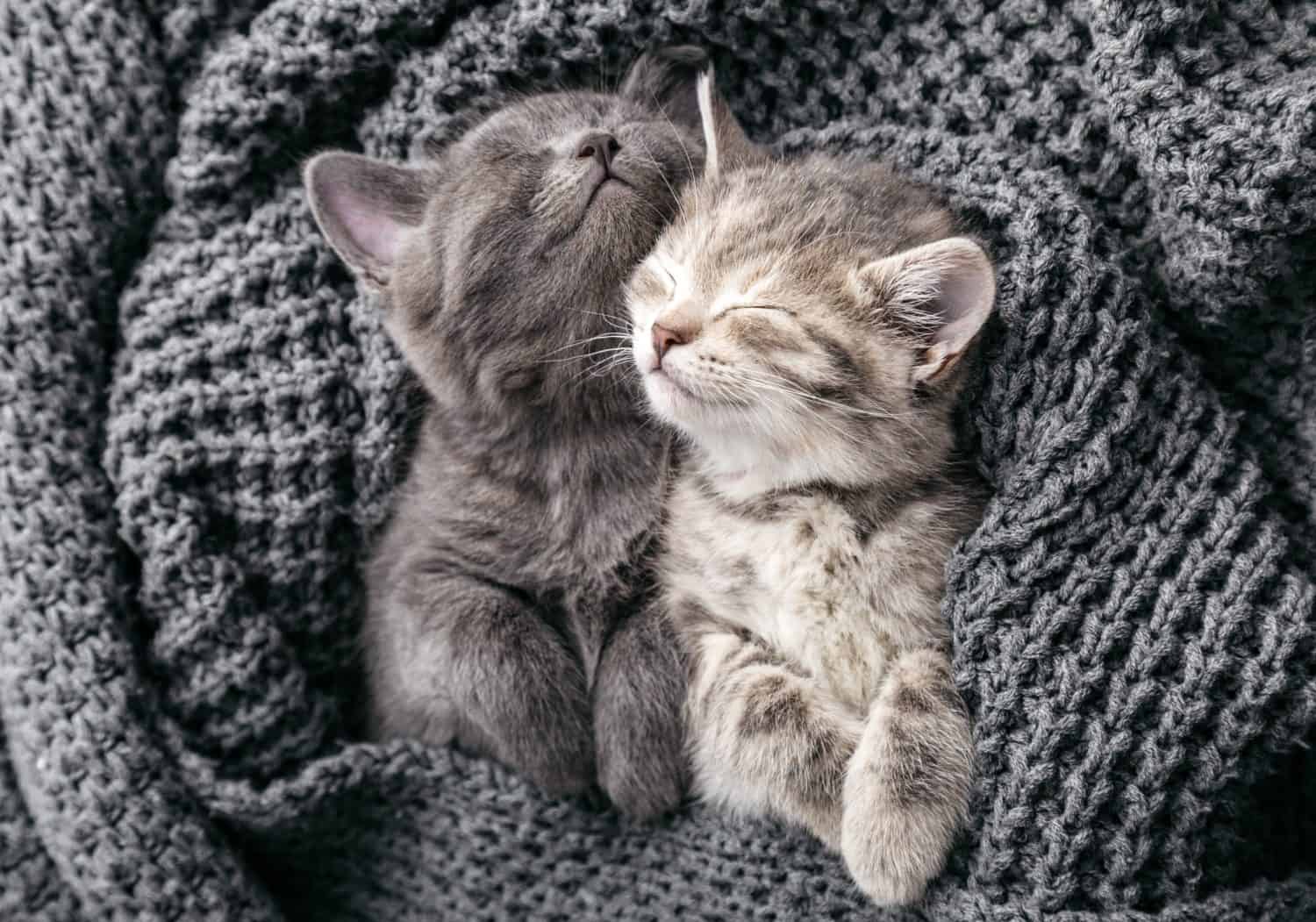
Some British Shorthairs live into their 20s.
©beton studio/Shutterstock.com
You can expect to take your kitten home sometime after the first eight to 12 weeks of their life. At this young age, their bodies are growing rapidly, and their energy is off the charts! The kitten stage will last until your British Shorthair is six to 18 months old. After this point, they will enter their “teen years.” This is usually when your cat will be at their most curious and mischievous, so training them during this time is important. British Shorthairs are intelligent, so dedicating a little time each week to teaching them simple commands will be enough to get the job done.
After your cat exceeds 18 months of age, they will be fully mature. They will become more relaxed and less energetic, and their personality will begin to shine through. At this point, try to schedule a vet checkup to make sure they have developed correctly. Beyond this, it is important to make sure you take your British Shorthair in for a wellness check each year, so use their “gotcha day” as a reminder to make an appointment.
How to Prepare
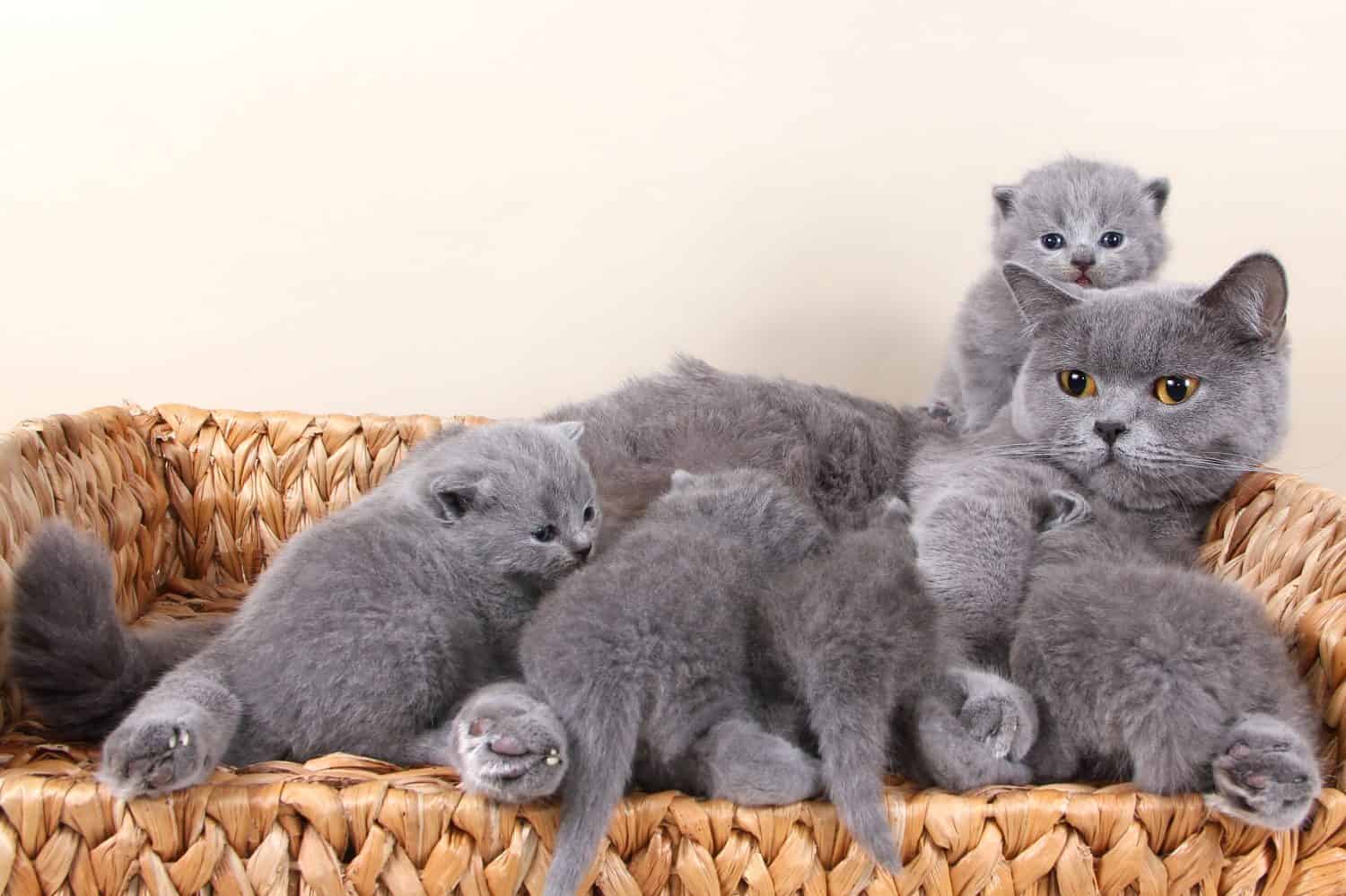
British Shorthairs are also sometimes referred to as “British Blues.”
©Irina Riedel/Shutterstock.com
If you’re unsure of where to start looking for a British Shorthair kitten, try to join online groups dedicated to this breed. Owners from all across the world gather to share their love, and you can often get word-of-mouth recommendations for breeders local to you. Before bringing your kitten home, you can purchase items like feeding supplies, a collar, toys, and enrichment items. After you bring your kitten home, it’s important to squirrel away additional money for expenses such as microchipping, an initial health screening, vaccinations, and a bit of money to cover spay or neuter costs. Overall, British Shorthairs are a wonderful, laid-back breed that mesh well in just about any home.
Thank you for reading! Have some feedback for us? Contact the AZ Animals editorial team.







